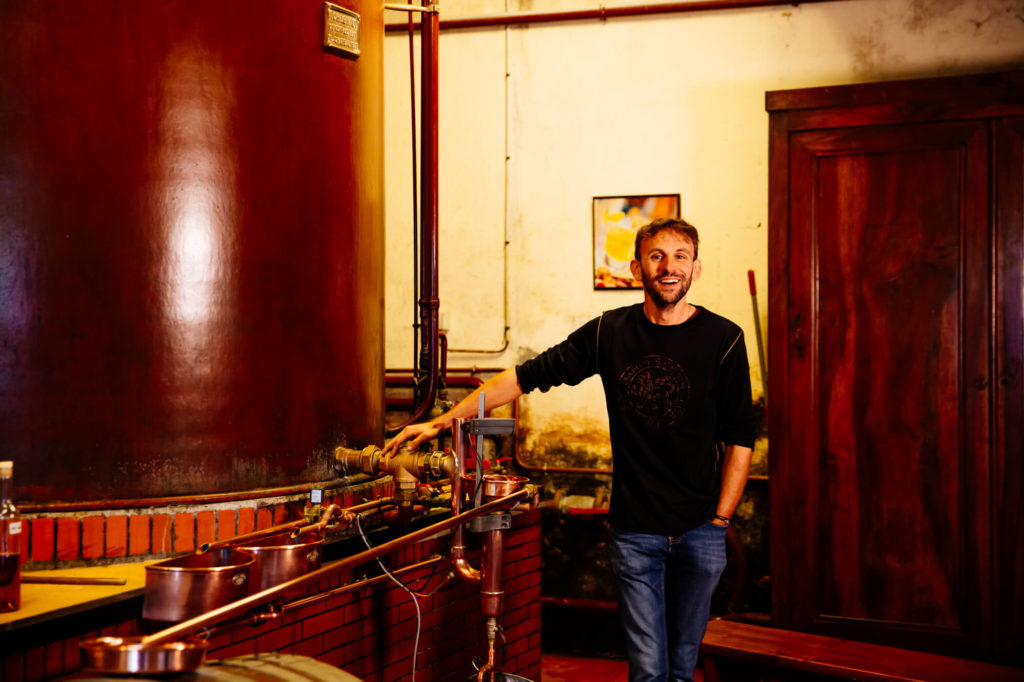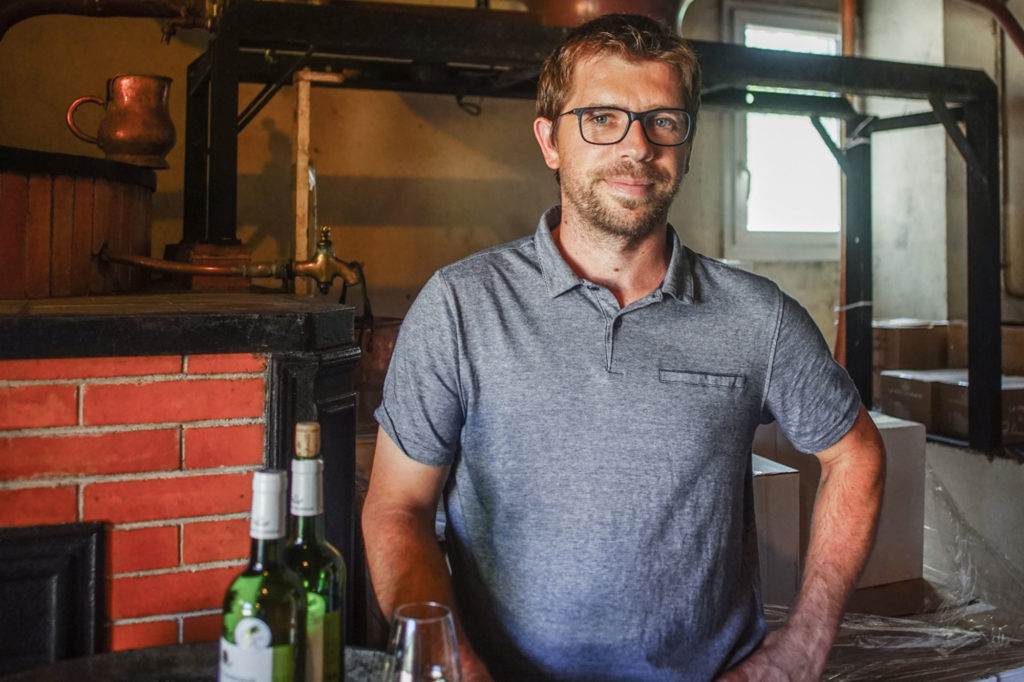As the Charentais liqueur par excellence, Cognac AOC is made by passionate artisans who work to continue this age-old tradition.
So many occupations are involved in making authentic brandy, including winegrowers, distillers, coppersmiths, keepers of the cellar, coopers and feuillardiers, who make the chestnut circles that go around barrels. This knowledge is most concentrated around the city of Cognac and in South Charente, with its network of vineyards.
Charentais winegrowers: artisans of living matter
Winegrowers in Charentes work in the field, planting vineyards and harvesting grapes. Varieties of white Cognac grape – mainly the white Ugni variety – stretch over six unchanging vintages that are strictly demarcated. Many winegrowers allow visitors to come and learn more about the history and trade of Cognac making. Why not sign up for an apéro-concert or a commented walk through the vineyards to learn more about this traditional trade?
After harvesting the grapes, the juice is pressed and left to ferment – this is the moment when the specific Charentais vinification process begins, during which no sugar or sulphites are added. The musts, or pressed fruit residue, have a low potential alcohol volume, which allows for the concentration of aromatic substances and increase in acidity, the latter of which is necessary for natural conservation of wine.
The origin of Cognac : double distillation
Double distillation creates the Cognac eau de vie (brandy) in copper alembics made by coppersmiths. This precious liqueur cannot exist without this process.
In winter, distilleries will envelop you in their warmth. Distillers, masters of their rounded copper stills, are modern-day alchemists and the keepers of 17th century savoir-faire.
Ageing takes place in oak barrels, imparting rich aromas on the liqueur.
The keeper of the cellar ‘raises’ the Cognac brandies in oak containers. This can happen over decades, to truly impart the subtle aromas, flavours, and colours that they want, according to their own personal style. Depending on the season, five thousand floral, woody, and spicy aromas can refine these Cognacs!
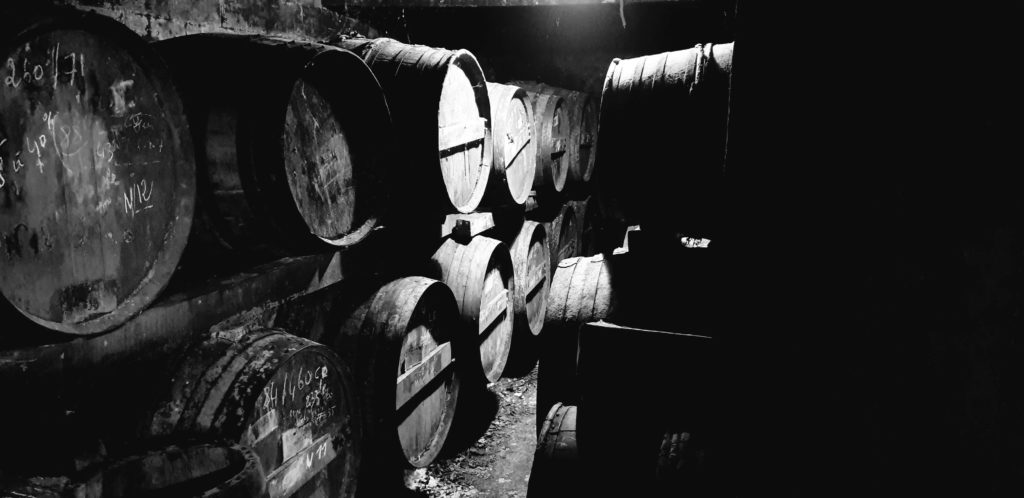
This is careful work that considers the origin of the wood, its grain, the cellar’s humidity and even the age of the barrel. Coopers decide which wood is to be used according to its origin and its porosity (for oxidation). They then age the oak staves outside for several years. After this, the cooper will plane and shape them to make staves. Following this, they’ll assemble, arch, roast, and hoop them to make the barrels.
In South Charente, Yannick Glangetas is the only (and last) feuillardier, or hoop maker in France. Continuing the work of his great-grandfather, who began in 1912, he planes and bends split rods on equipment that is more than 100 years old.
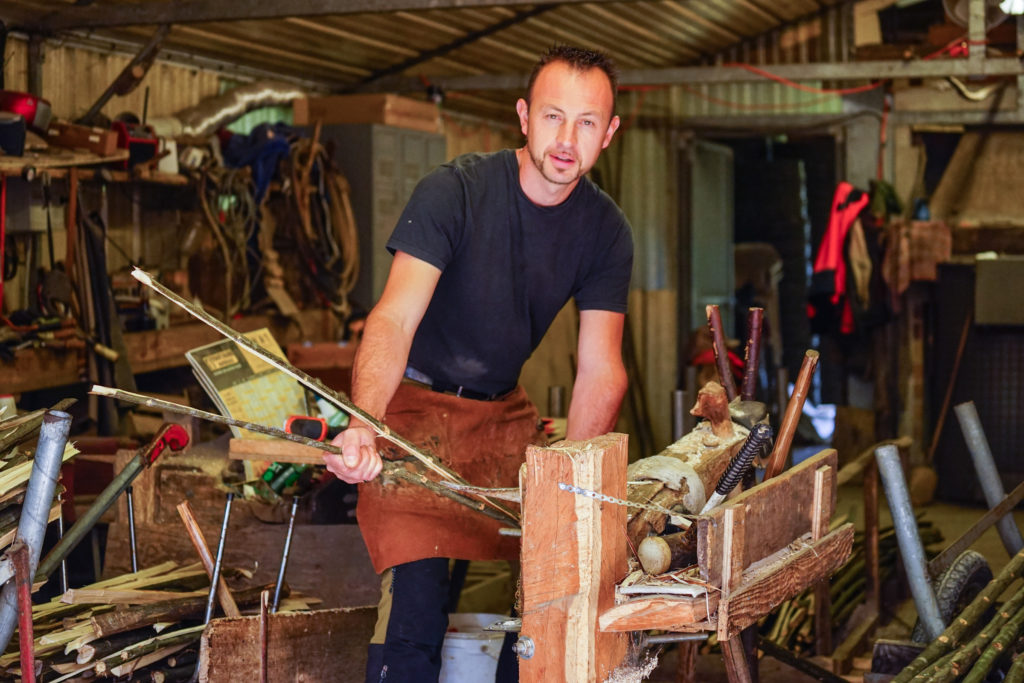
Blending is a sensory journey.
To make Cognac, the keeper of the cellar blends aged brandies and different wine varieties to create masterpieces, much like a composer. They age their creations over time using a process called ‘reduction’. Each keeper of the cellar produces unique creations by blending their own style of aromatics and Cognac.
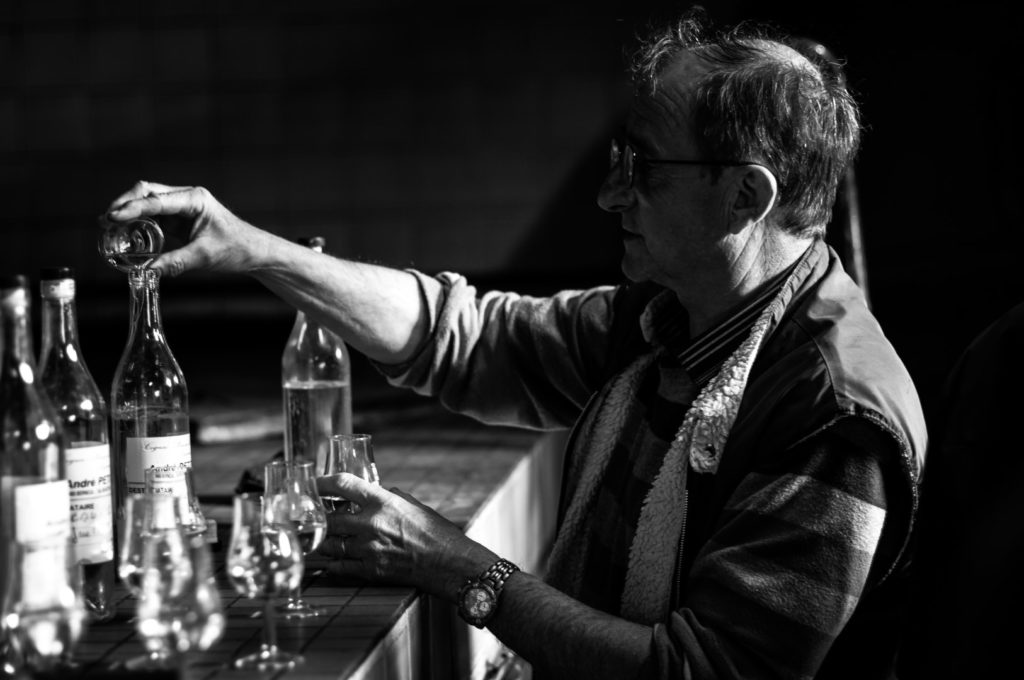
This is where the process for creating Cognac ends. Come and meet these Cognac artisans in South Charente to savour the delicious results of their work in a warm and welcoming atmosphere!
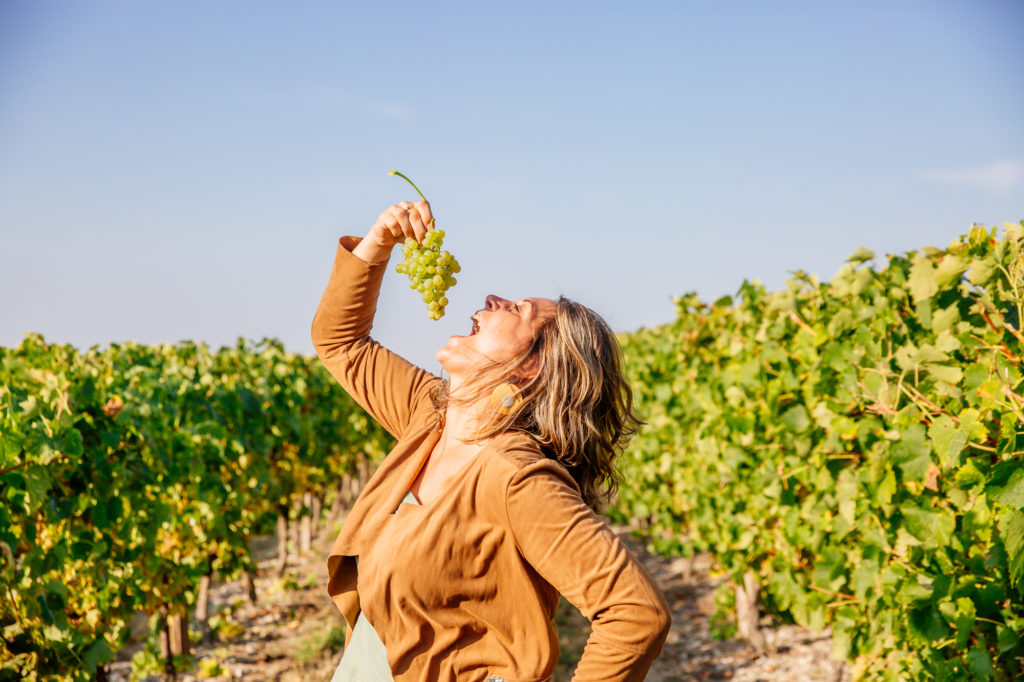
Alcohol abuse is dangerous for your health. Drink in moderation.



